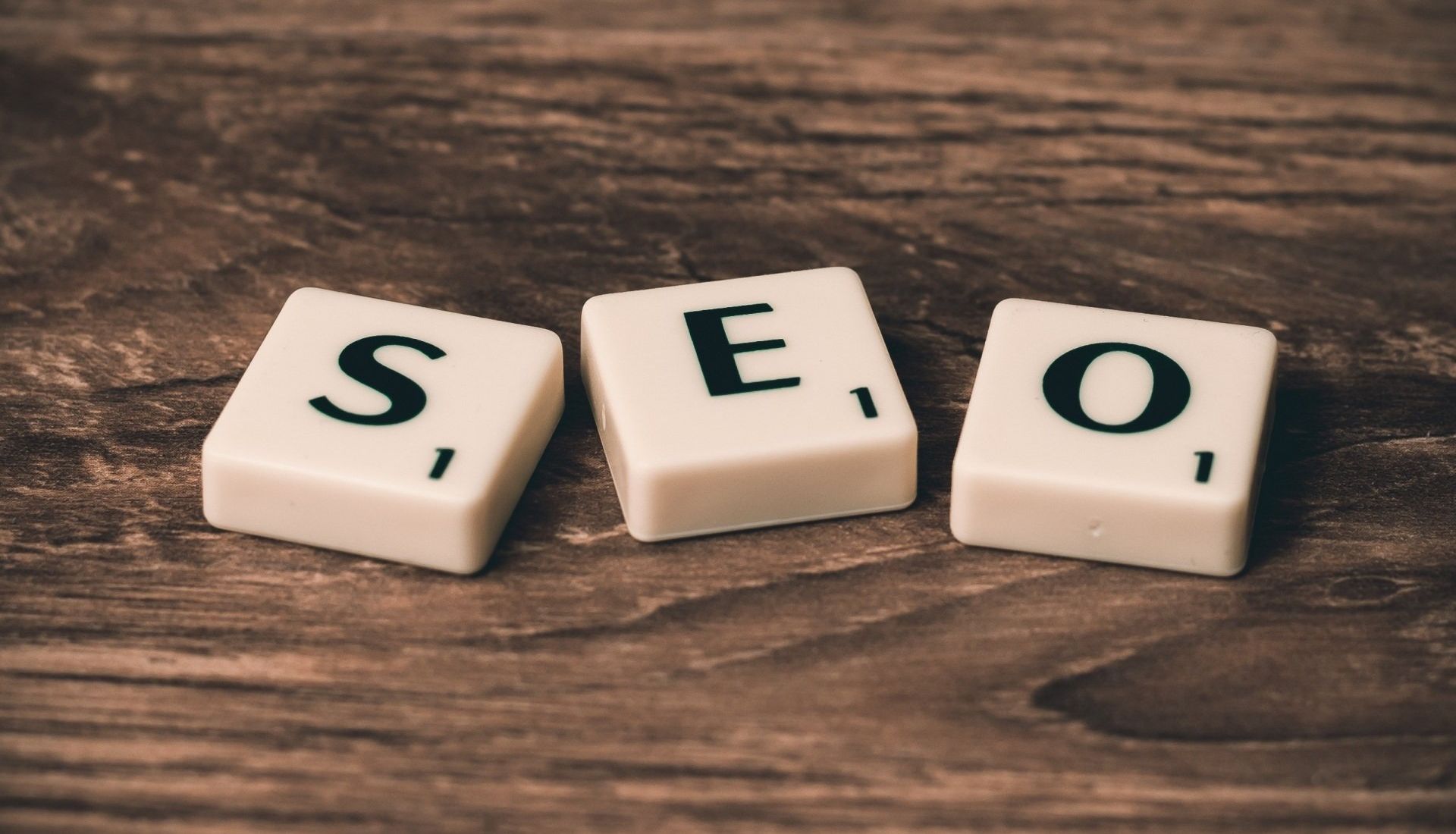TRENDS
Using product data for SEO optimization.
October 1, 2023 · 4 min read
In a world where an estimated 1 billion websites and 60 billion pages are online, where approximately 94% of Dutch people use Google as a search engine and where more than 50% of people only click on the first five search results in Google, it is more important than ever to be found online. Curious about how product data can effectively contribute to this? Then read on.
Let’s start at the beginning. What is product data?
As the word data suggests, this concerns product-specific data, such as: brand, dimensions, colour, weight, size, etc. Data that is an indispensable part of the product and for the end user, the customer. This product data supports the customer in his or her search for the perfect product and can be collected very easily in a PIM system.
As an example, we will take a webshop that sells women's clothing. For this webshop, it is extremely important that the product data is in order. If the customer searches for a blue jacket size M, she wants to end up with a selection of blue jackets in size M. If, due to a lack of correct product data (or a lack of correct layout and structure), a red jacket size M or a blue jacket size XL appears, the search query is not relevant for this customer and there is a good chance that she will leave the webshop somewhere in the process. To understand this process properly, we will first explain what SEO entails.
Reading tip: If you are interested in the relationship between product information and online findability, we have another nice blog for you!
SEO in a nutshell.
“Where is the best place to hide a dead body?” The second page of Google, no one ever goes there… How often do you click through to the search results on page 2, 3 or 4? The answer to this question is probably almost never. All the more important to ensure that your website or webshop scores as well as possible in the search engine. There are various ways to achieve this. In this blog I will focus mainly on the product data and its importance for organic findability. The other (at least as important) components of an SEO strategy, such as technical optimization, will not be discussed in this blog.
What is SEO?
SEO stands for Search Engine Optimization, search engine optimization in Dutch. Search engine optimization includes all activities that you do to ultimately ensure that your website is placed as high as possible in the organic search results (also called free results) of the search engines. In the Netherlands, we are talking about Google in about 94% of the cases, but there are also search engines such as Bing and DuckDuckGo.
There are then another 200 factors that determine how you are ranked, but there are only a few people within Google who know all of these factors. Unfortunately, this will never be known to the rest of the world. What we do know is that all of these factors can be grouped into three main categories:
- Technology
- Content
- Authority
Where technique and content are mainly focused on the visitor of your website. If your visitor is satisfied and finds what he or she is looking for, then the authority (in theory) should increase automatically over time. In order to continuously improve in the field of SEO, you will have to work on this continuously. The most important thing is that you create unique, relevant content for your target group.
What is consumer search behavior today?
Last year, Dutch consumers spent 23.7 billion (!) euros online on products and services, an estimated growth of 10% compared to the previous year. This is evident from figures from the Thuiswinkel Markt Monitor, which conducted a study into online consumer spending in the Netherlands. In 2018 as a whole, 96% of Dutch consumers aged 15 and over made one or more online purchases of products and services. That is 2% more than the year before. The 23.7 billion involved 242 million online purchases. According to Engel, Blackwell and Miniard (1990), consumer behaviour consists of six phases: need recognition, information search, assessment of alternatives, choice of sales channel, purchase and result (use, evaluation and disposal).
Especially in the second phase, the internet, and especially the search engine Google, has a huge influence. As a company, you want to come forward here when your information and products are relevant to the searcher. In addition, the purchase phase is another very important phase in the cycle. It is necessary to ensure that the threshold for a purchase is as low as possible. The purchase process can determine the experience of the consumer. It is therefore very important that the website is user-friendly. This can also be partly achieved with product data. How nice is it for the searcher to be able to refine the search query in such a way that only relevant results appear on the screen? This is also part of improving your product data and the way in which it is structured.
It should be clear that optimizing product data is essential if you want to be visible to the end user. Do you experience a challenge in optimizing product data? Or do you have another question in the field of Product Information Management?

Written by: Arnout Schutte







